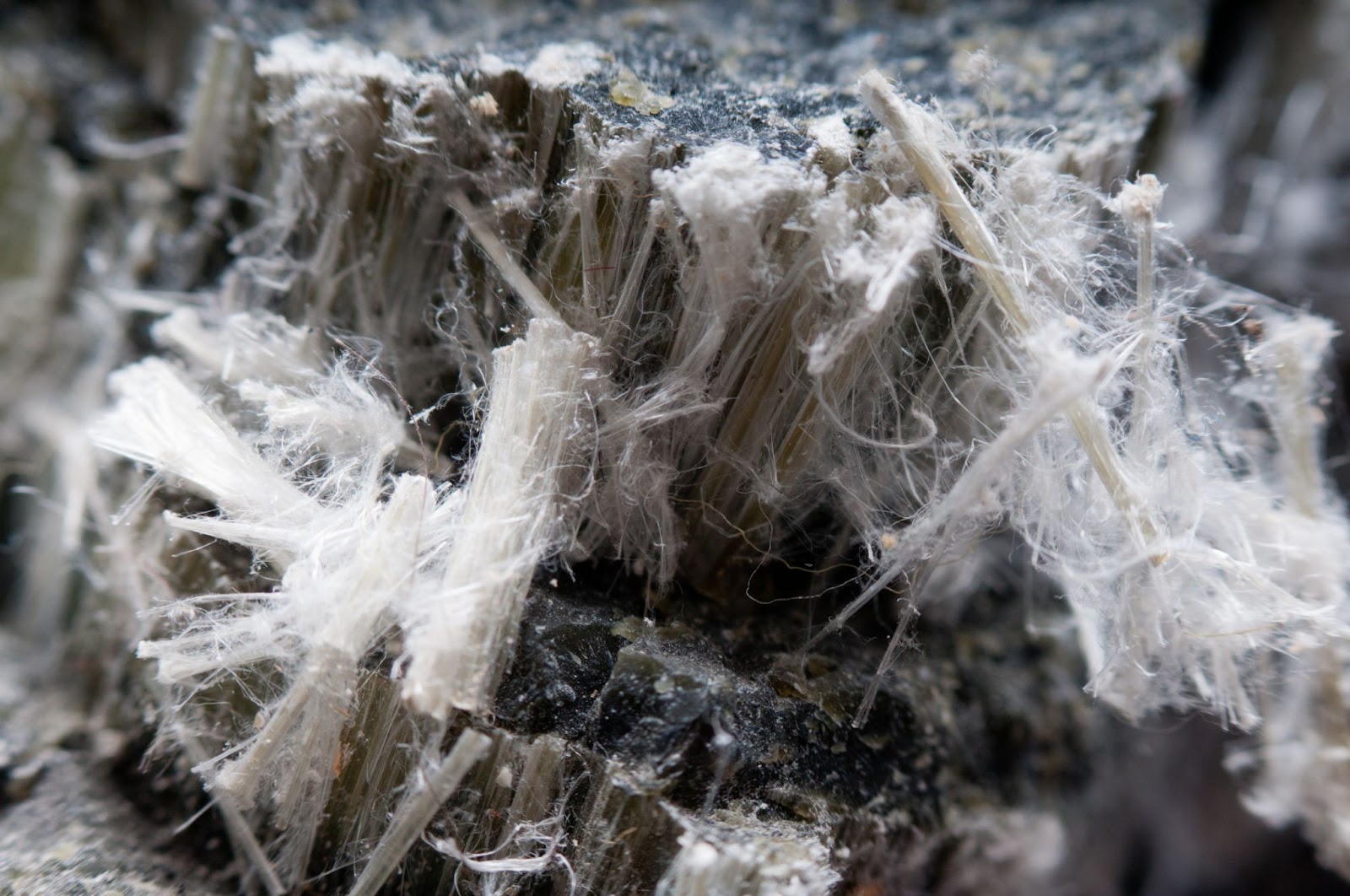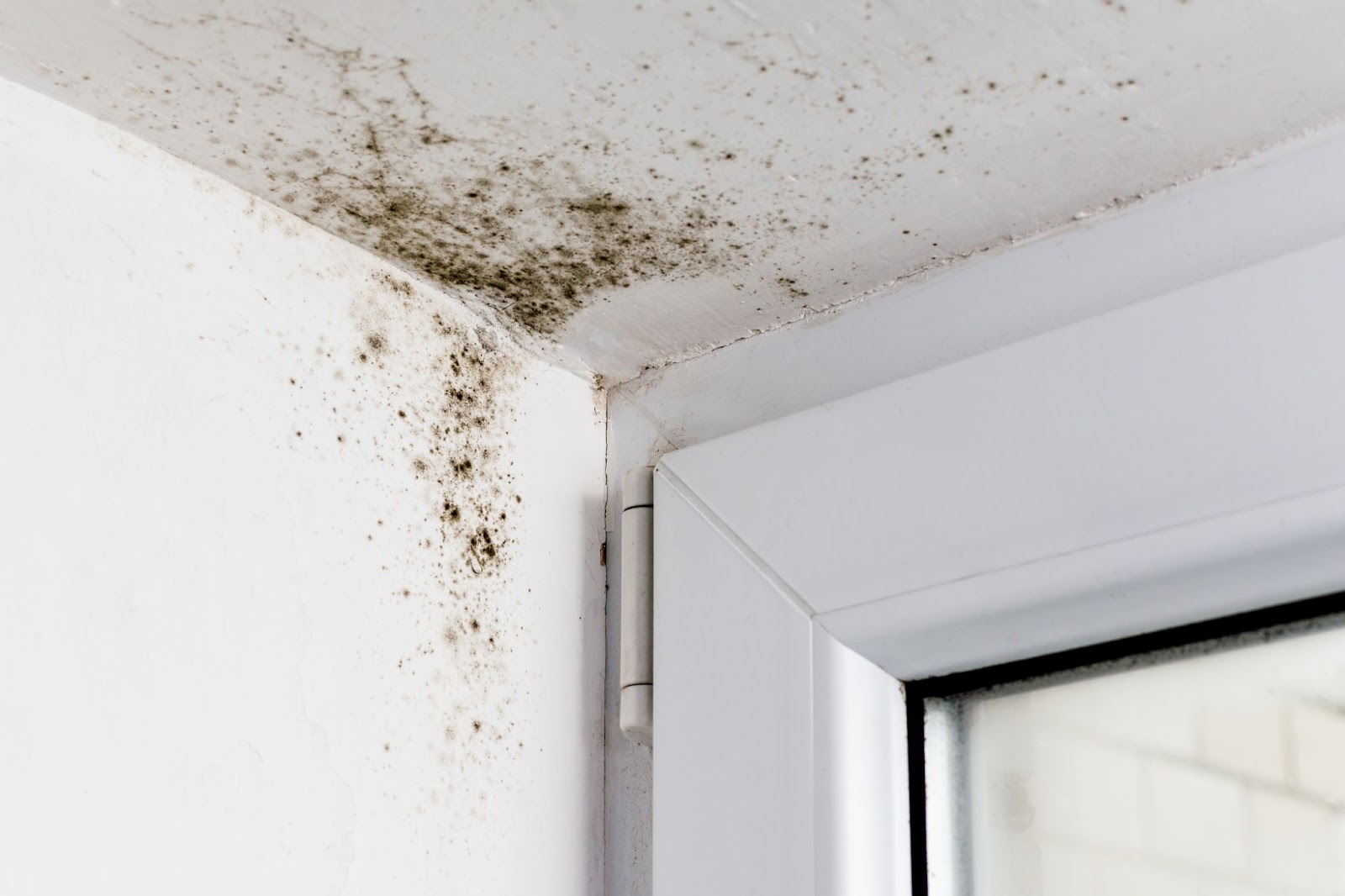Heavy or musty air in your home might signal that it’s time for indoor air quality testing. Poor indoor air quality may affect our health and comfort; many people don’t even realize that. Understanding how indoor air quality works is the first step to creating a healthier living environment.
In this article, we’ll explore common indicators of poor indoor air quality and how you can test for them. From unexplained health issues to visible mold or unpleasant odors, knowing what to look for can help keep your home safe.
We’ll also discuss helpful indoor air quality mold testing methods and professional indoor air quality testing services to consider.
How indoor air quality works
Indoor air quality (IAQ) is all about keeping the air inside buildings clean and safe to breathe. Good IAQ depends on having proper ventilation and controlling pollutants. Here’s how it works:
How air moves
- Ventilation: Bringing fresh outdoor air inside helps reduce indoor pollutants and improve air quality.
- Air conditioning: This cools the air and helps filter out some indoor contaminants.
What affects air quality
- Indoor air pollutants: Dust, mold, and fumes from household cleaning products can make the air less healthy.
- Building materials: Materials containing asbestos can release harmful particles into the air.
- Humidity levels: Too much moisture can lead to mold growth and poor air quality.
- Outdoor air pollution: Pollutants can enter through windows and doors, impacting indoor air.
Maintaining healthy air
- Use ventilation fans.
- Keep humidity levels balanced.
- Regular cleaning and checking for mold.
A simple indoor air quality test can identify problem areas and help keep your air fresh and healthy!

Common indoor pollutants
1. Volatile Organic Compounds (VOCs)
VOCs come from certain solids or liquids and can be found in building materials like paint, glue, and cleaning products. When you open a marker or sniff a new piece of furniture, you’re smelling VOCs, which can make people feel sick if the air isn’t clean.
2. Asbestos
Asbestos is a material commonly used in older buildings. Its fibers can cause serious health issues if they enter the air. You may find asbestos in certain tiles, roofs, or insulation materials. Breathing in asbestos fibers can lead to serious lung diseases.
3. Radon
Radon is a sneaky gas that you can’t see or smell. It comes from rocks and soil and can enter homes through cracks or holes. Long-term exposure to radon may lead to lung cancer.
4. Carbon monoxide
Carbon monoxide is a gas that comes from car fumes, fireplaces, and stoves. It’s very dangerous because it has no smell and can make people feel dizzy or sick.
Methods for testing indoor air quality
Indoor air quality is very important for our health and happiness. Breathing clean air inside our homes, schools, and workplaces helps us feel good and stay healthy.
But sometimes, the air indoors isn’t as clean as it should be. Let’s learn about some ways to test indoor air quality and make sure it’s safe and healthy for everyone.
DIY testing kits
DIY testing kits are a simple way for families to check the air quality in their homes. These kits are easy to use and help us find out if there are any problems with indoor air. Here are some things you can test with DIY kits:
Humidity levels
High or low humidity may cause problems. Too much moisture leads to mold growth, while too little dries out the air and makes it uncomfortable. Some kits have a humidity gauge to help you monitor the levels.
Mold spores
Mold can make people sick and cause breathing problems. Indoor air quality mold testing kits can help identify mold in your home.
Carbon monoxide
This invisible gas is very dangerous. DIY kits often include a detector to find carbon monoxide, helping keep your family safe.
DIY kits are great for quickly assessing your home’s air quality. They are especially useful if you suspect problems like poor ventilation or potential exposure to pollutants.
Professional evaluations
If you’re unsure about using a DIY kit or want a more detailed report, hiring indoor air quality testing services might be the best option. Professionals know a lot about air quality and have special tools to check for problems. Here’s what they can do for you:
Comprehensive testing
Professionals can test for a wide range of issues, such as radon levels, asbestos-containing materials, and other indoor pollutants, that DIY kits might miss.
Detailed analysis
The experts will provide a detailed report on the quality of your indoor air. They’ll look for elevated levels of harmful substances that affect human health, like poor air quality due to outdoor air pollution creeping indoors.
Suggestions for improvement
After testing, professionals can give advice on how to improve air quality, such as fixing poor ventilation or choosing safer household cleaning products.
Hiring professionals for indoor air quality testing will give you peace of mind, especially if you live in an older building or near busy roads.

Interpreting test results
Once you’ve completed testing, understanding the results is important. Here’s how to make sense of what you find:
Mold and humidity
If mold is present or if the humidity is low, you might need to improve ventilation. Proper ventilation helps prevent mold growth by keeping moisture balanced.
Gas levels
Elevated levels of carbon monoxide or radon are serious and need immediate attention. A professional can help fix these issues.
Allergens
Particles like dust and pollen can be found during testing. Using air conditioning and regular cleaning helps reduce these indoor air pollutants.
Health indicators
If someone at home is experiencing respiratory issues like shortness of breath or other health issues, it could be linked to the air quality. Quality air makes a big difference in quality of life.
| Test Result | What it Means | Action to Take |
| High humidity levels | Potential for mold growth | Use dehumidifiers |
| Mold detection | Mold can make you sick | Increase ventilation, remove mold |
| Elevated carbon monoxide | Unsafe air | Check and repair appliances immediately |
| High radon levels | Radon is a health threat | Seal cracks and improve ventilation |
| High dust or pollen | Allergens present | Clean often, use air filters |
By testing indoor air quality, you can make your home a safer, healthier place for everyone. Whether you use a DIY kit or hire professionals for indoor air quality testing services, you’re taking a big step toward better indoor air quality. Taking these measures not only ensures health but also improves the overall comfort and safety of your home. A little knowledge and action go a long way in protecting your loved ones from the dangers of poor air quality.
Leaky duct repair with Duct Brothers
Don’t let poor indoor air quality affect your health, comfort, and energy bills. Leaky ducts are one of the most common yet overlooked causes of indoor air pollution.
When your ductwork has gaps or cracks, it allows dust, allergens, and even outdoor pollutants to enter your home while letting conditioned air escape. This impacts air quality and forces your HVAC system to work harder, driving up energy costs.
Duct Brothers provides expert duct sealing services designed to improve your indoor environment. Our advanced sealing techniques close gaps, prevent contaminant infiltration, and ensure your HVAC system delivers clean, conditioned air to every room in your home.
With properly sealed ducts, you’ll experience consistent temperatures, lower utility bills, and healthier air for you and your family.
Take control of your indoor air quality today! Contact Duct Brothers for a professional duct inspection and sealing service. Our experienced team is ready to help you enjoy fresher air, better comfort, and peace of mind knowing your home is protected from hidden pollutants.
Call us at 435.447.4703, or send us a message on our website to get started.

